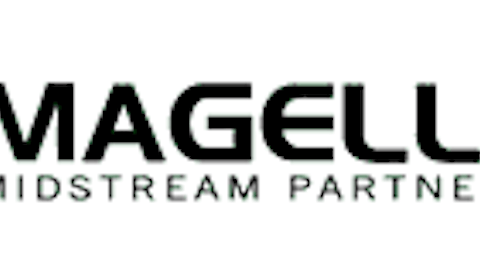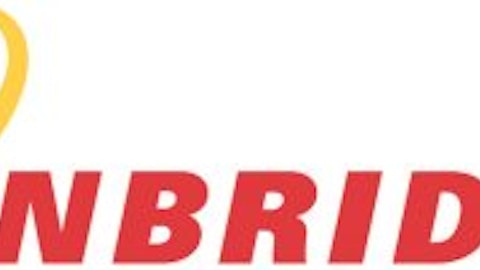Why this matters to the Keystone XL
The proposed pipeline is designed to carry 830,000 barrels per day of (mostly) heavy crude oil from the oil sands regions of Alberta to either Nederland or Houston, Texas. The project will also have an opportunity to move crude from the Bakken formation in the North Dakota-Montana region.

Source: Transcanada Investor Relations
I’m sure you have heard plenty of reasons for and against building the pipeline, but the bottom-line reason to build Keystone XL is to save money by importing cheaper Canadian heavy oil instead of oil from other sources. Lots of money.
 .
.
Source: U.S. Energy Information Administration, authors calculations. Note: Saudi Arabian import prices are withheld to avoid disclosure of individual company data, per EIA.
Doing a quick calculation on the back of the napkin, if this price differential were to continue and a completed Keystone XL pipeline were to deliver its maximum capacity of 830,000 barrels per day, U.S. refineries could save about $9.1 billion a year on their crude oil bill. This isn’t an exact calculation, and lots of forces could change that difference in price. But ultimately, Keystone XL provides us with more options to buy crude, and more options means suppliers have to compete more on price.
As stated before, though, the U.S. Gulf Coast has heavy oil refining capacity about 2.38 million barrels per day. Right now, the Gulf Coast receives about 90,000 barrels per day of Canadian heavy crude, and for these refiners, that is the problem. U.S.-Canada trans-border oil pipelines are at capacity, and for the most part they are feeding the Rocky Mountain and Midwest regions with crude oil, which can only handle about 500,000 barrels per day of heavy oil. One large BP plc (ADR) (NYSE:BP) refinery in the region is refitting itself to run more heavy Canadian crude, but that is about it in terms of gains for the Midwest region. The only realistic pipeline option to expand U.S. consumption of Canadian heavy oil is to pipe it to the Gulf Coast.
While there is certainly room to grow, there is a ceiling as to how much heavy crude the U.S. can take from Canada. Keystone XL’s 830,000 barrel per day could gobble up over one-third of Gulf Coast heavy oil demand in one fell swoop, leaving 1.46 million barrels per day of heavy oil refining capacity left provided no new refining capacity comes on line. After that, oil sands will need to go elsewhere.
What a Fool believes
As you can see, there are several driving forces behind the Keystone XL pipeline and it has a lot of moving parts, but there is a clear opportunity in terms of price. Unfortunately, the rabbit hole goes much deeper for this topic. Check back to Fool.com for the debate over the Keystone XL, and join the discussion about what the pipeline means for sectors across the energy space.
The article Everything You Need to Know About Keystone XL: The Fundamentals originally appeared on Fool.com and is written by Tyler Crowe.
Fool contributor Tyler Crowe has no position in any stocks mentioned. You can follow him at Fool.com under the handle TMFDirtyBird, on Google +, or on Twitter, @TylerCroweFool.The Motley Fool has no position in any of the stocks mentioned.
Copyright © 1995 – 2013 The Motley Fool, LLC. All rights reserved. The Motley Fool has a disclosure policy.





